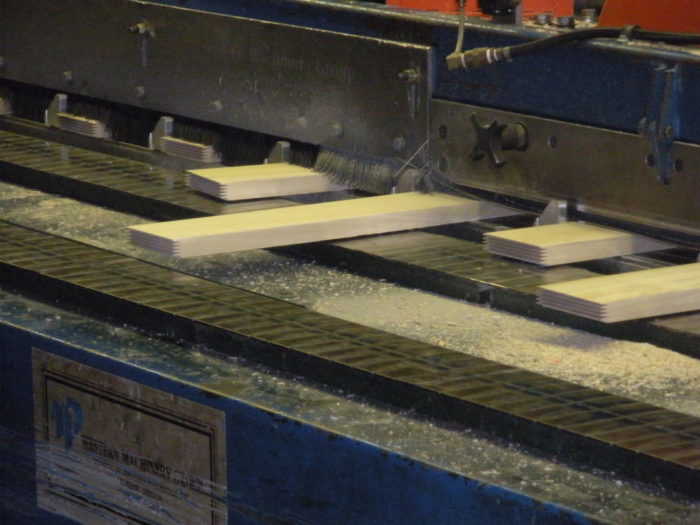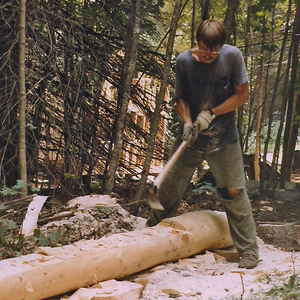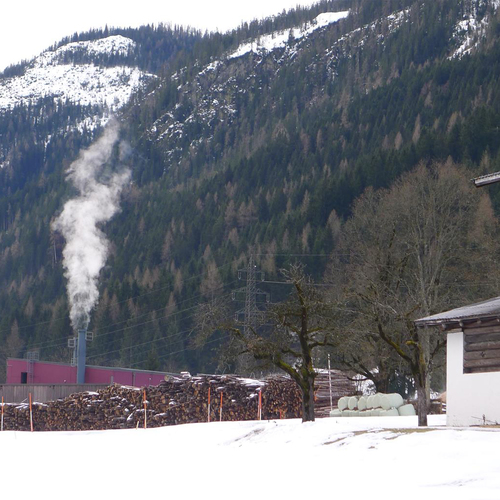As I write this, I am sitting on a tour bus heading back to Atlanta after a short trip to the Koetter Woodworking facility in southern Indiana. Its local distribution outlet, InsiDesign, regularly brings a group of designers, architects, builders—and now, consultants—up for a few days of education, sales, networking, and copious amounts of food and drink each evening. Sort of a cross between the Marvin Windows factory tour and Building Science Summer Camp, it has been an enjoyable and informative few days and, based on what other repeat attendees have told me, a good source for future business. Being the only green building zealot on the trip has provided me with plenty of opportunity to mouth off about sustainability, building certification, designing green from the start, and other subjects, including several chances to try to dispel myths about the high cost and complexity of green building.
We are family
Koetter is a family-owned millwork business that is one of the larger producers of hardwood trim in the country. The founder, Tom Koetter, has been involved in sustainable forestry for many years, and although the company timber holdings are a modest 6,000 or so acres, he is a proponent of sensible forestry, having built an enormous educational center at his facility to teach people about the subject.
The highlight of the trip was a tour of the plant, where we saw the sorting and stacking equipment, kilns, rough lumber storage warehouses, finger-joining operation, molding shop, door assembly process, and distribution facility. Similar to other window and mill shops I have seen, Koetter’s operations are about as clean and organized as you would expect from this type of manufacturing plant. Fortunately, Koetter was less protective of its methods than other facilities I have visited, so I was able to take photographs of everything to share on this post.
Low-key sustainability
Before and after the tour, we learned about company history and core principles, and I was struck by the fact that although Koetter runs a fairly sustainable operation, it’s not a major component of company marketing. Koetter can provide FSC-certified products on request and makes very efficient use of materials; wood waste is used for heating kilns and buildings; and Koetter has a separate company that creates compost and landscape mulch from 100% recycled materials. I would venture a guess that Koetter probably runs a more sustainable operation than many companies that heavily promote their “green” credentials. Although Koetter recycles almost everything in the factory, I was disappointed by the quantity of plastics, foam, and glass that we used at meals and while traveling—and that, as far as I can tell, were all discarded. With a little effort, we could have significantly reduced the waste that the 40 or so people attending generated.
What does locally sourced mean?
Koetter’s location gives the company good access to much of the country, allowing customers to take advantage of “local” credits in green building programs. However, since the factory, like most these days, is located in a rural area and requires truck transportation of both raw materials in and finished materials out, a fair amount of fuel is used in the delivery process. I sometimes wonder what will happen to industry as oil becomes more expensive and scarce, and possibly even disappears entirely sometime in the future. Will we be reduced to only using products we can harvest within walking distance and haul to our job sites by hand? I suppose no one really knows what is in store, but in the meantime, Koetter looks to me like a good source of products for sustainable buildings for the foreseeable future.
Weekly Newsletter
Get building science and energy efficiency advice, plus special offers, in your inbox.
















One Comment
Finger Jointing
Finger Jointing is a better approach than ground and glued small fiber cellulose products. Were their products Poplar based, Carl?
Log in or create an account to post a comment.
Sign up Log in